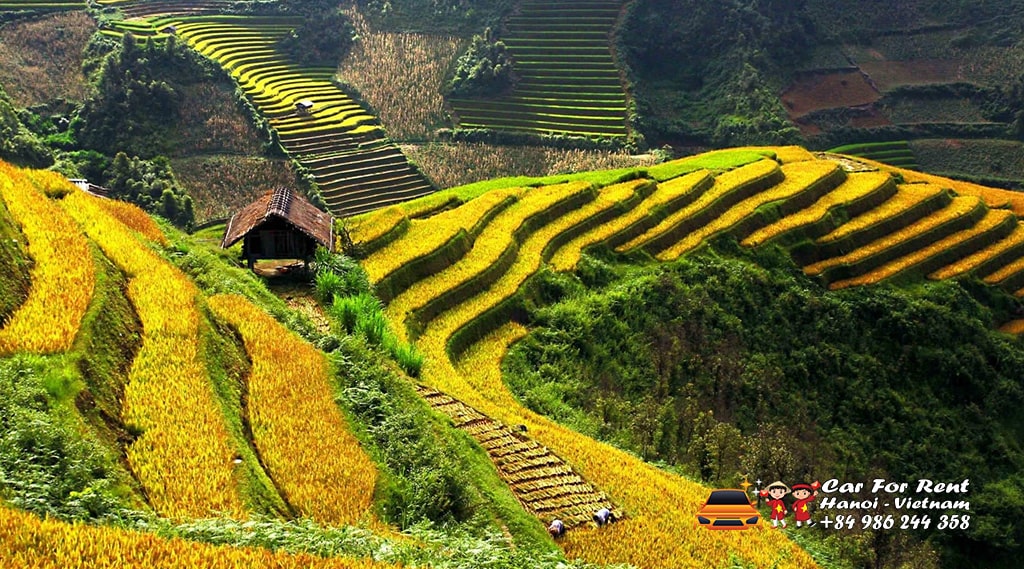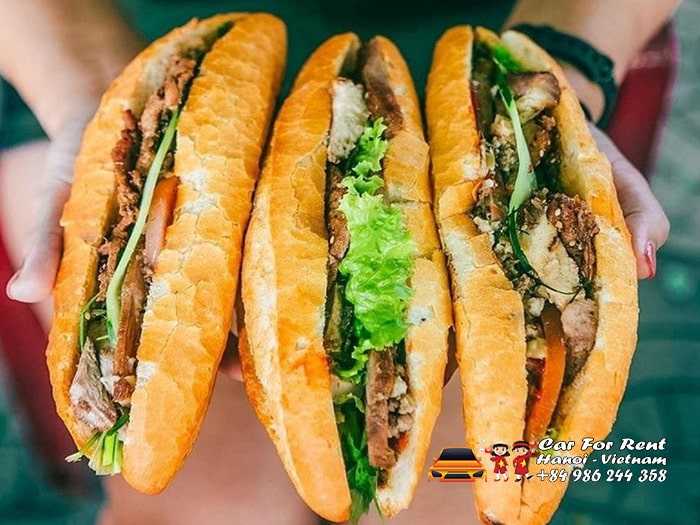Phong Nha Ke Bang is a national park in the north-central region of Vietnam. It is also a UNESCO World Heritage Site that covers an area of over 850 km2. Phong Nha Ke Bang is famous for its caves and karst formations, which are among the oldest and largest in the world. In this blog post, we will explore some of the attractions and activities that Phong Nha Ke Bang has to offer, as well as some of the history and culture that make it unique.
The Attractions of Phong Nha Ke Bang
Phong Nha Ke Bang has many attractions that appeal to different types of travelers. Some of the most popular ones include:
- The caves: Phong Nha Ke Bang has over 300 caves, with a total length of over 200 km. The caves are diverse and spectacular, featuring various shapes, sizes, colors and formations. Some of the most famous caves are Phong Nha Cave, which is accessible by boat and has a 14 km underground river; Paradise Cave, which is the longest dry cave in Asia and has a 31 km long passage; Son Doong Cave, which is the largest cave in the world and has a 9 km long chamber; and Hang En Cave, which is the third largest cave in the world and has a 1.6 km long lake.

- The karst: Phong Nha Ke Bang has a karst landscape that dates back to over 400 million years ago. It is composed of limestone rocks that have been eroded and shaped by water and wind over time. It has various features such as peaks, valleys, gorges, sinkholes and arches. It also has a rich biodiversity and a high level of endemism, meaning that many species are found only in this region.
- The botanical garden: Phong Nha Ke Bang has a botanical garden that covers an area of about 40 ha. It was established in 2001 to conserve and display the flora and fauna of the national park. It has over 500 species of plants, including orchids, ferns and cycads. It also has over 200 species of animals, including monkeys, birds and reptiles. Visitors can walk along the trails and enjoy the natural beauty and diversity of the garden.
- The historical sites: Phong Nha Ke Bang has some historical sites that reflect the history and culture of the region. Some of these sites are the Eight Ladies Cave, which is a memorial for eight female volunteers who died during the Vietnam War; the Xuan Son Ferry Station, which was a strategic point for transporting supplies during the war; and the Ho Chi Minh Trail, which was a network of roads and paths that connected North Vietnam and South Vietnam during the war.
The Activities in Phong Nha Ke Bang
Phong Nha Ke Bang has many activities that cater to different interests and preferences. Some of the most popular ones include:
- The cave exploration: Phong Nha Ke Bang offers various options for cave exploration, ranging from easy to challenging. Visitors can choose from different tours that suit their level of fitness and experience. They can also choose from different modes of transportation, such as boat, kayak, bike or trekking. They can also choose from different durations, from half-day to multi-day tours.
- The jungle trekking: Phong Nha Ke Bang offers various options for jungle trekking, ranging from easy to challenging. Visitors can choose from different trails that suit their level of fitness and experience. They can also choose from different modes of transportation, such as bike or walking. They can also choose from different durations, from half-day to multi-day tours.

- The zip lining: Phong Nha Ke Bang offers a zip lining service that allows visitors to enjoy an adrenaline rush and a bird’s eye view of the landscape. The zip line is about 400 m long and 50 m high. It runs across the Chay River and ends at the entrance of Toi Cave (Dark Cave). Visitors can also enjoy other activities such as swimming, kayaking and mud bathing at Toi Cave.
- The camping: Phong Nha Ke Bang offers various options for camping, ranging from basic to luxury. Visitors can choose from different locations that suit their preferences and budget. They can also choose from different facilities and services, such as tents, sleeping bags, toilets, showers and meals. They can also enjoy other activities such as bonfire, barbecue, music and games.
The History and Culture of Phong Nha Ke Bang
Phong Nha Ke Bang has a long and rich history and culture that date back to centuries ago. Some of the highlights of its history and culture include:
- The name: Phong Nha Ke Bang derives its name from the phrase “Phong Nha Kẻ Bàng”, which means “the cave of teeth and wood” in Vietnamese. This refers to the fact that Phong Nha Cave has many stalactites that resemble teeth and stalagmites that resemble wood.
- The festival: Phong Nha Ke Bang celebrates many festivals throughout the year, but the most important one is the Cave Festival, which is also known as the Phong Nha Ke Bang Tourism Festival. It is held every two years in July or August. It is a time when people celebrate the beauty and value of the caves and karst, and also enjoy various activities such as music, dance, art, sports and games.
- The museum: Phong Nha Ke Bang has a museum that showcases the history, culture and nature of the national park. It has four main sections: the natural section, which displays specimens of animals and plants; the historical section, which displays artifacts and documents from different periods; the cultural section, which displays costumes, instruments and tools of different ethnic groups; and the revolutionary section, which displays weapons, uniforms and photos of the wars.

Contact us:
Car For Rent Hanoi VietNam
https://zalo.me/0986244358
Conclusion
Phong Nha Ke Bang is a world of caves and karst in Vietnam. It has many attractions and activities that appeal to different types of travelers. It also has a long and rich history and culture that make it unique. Phong Nha Ke Bang is more than just a national park, it is a destination that offers a memorable and authentic experience.












